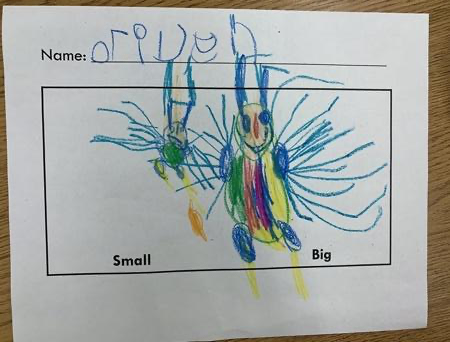How can we use play to promote science learning? Can play be integrated with project-based learning (PBL) science units to enhance Kindergarteners’ knowledge-in-use?
Decades of research support incorporating play in Kindergarten to benefit young students’ social, emotional, and cognitive development. However, as academic readiness has increasingly become a focus, time for play has decreased especially with underserved students. We explore how three dimensions of science understanding – scientific practices, crosscutting concepts and disciplinary core ideas – can be used to support and assess student learning in a PBL unit that integrates play. We asked
“How can play be incorporated in science instructional materials to support Kindergarten students access, engage with, and explain phenomena?”
We developed a case study that focuses on one teacher and her Kindergarten classroom enactment of an ML-PBL kindergarten unit. We explored various ways that play invites all students to access and understand the phenomenon of living things growing. For example, the students used felt boards, free sorting of toys, and imaginary play with objects that reflected the scientific driving question, “Why do some things get bigger?” The sorting of toys and the free play allowed for the practices of data analysis, investigation, and modeling that enabled students to explain the phenomenon. We modified the unit to include both child-initiated play and teacher-guided play to meet new science standards based on knowledge-in-use. The study involved 18 Kindergarteners and their teacher. We analyzed observation data, audio recordings, transcription of interviews, field-notes of lessons, classroom dialogue and artifacts and looked for themes across the various data sources. The themes suggest that student-initiated imaginary play and teacher-guided play can promote the science practices, science ideas, and the crosscutting concept of patterns needed to explain the phenomenon.

Through the case study, we show that integration of play with three-dimensional PBL science objectives is a viable way to enhance the learning opportunities of very young students. The kindergarten students engaged in all three dimensions of science learning. This study has implications for teaching young students, especially students in underserved schools, where diminished hours of play have impacted students’ learning. Future research that explores the creative use of play, particularly in diverse communities, is needed to provide additional evidence to support our claims.

